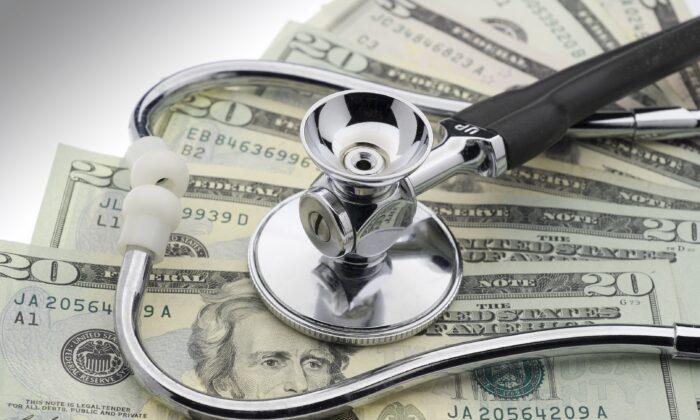By Emma Patch
From Kiplinger’s Personal Finance
Edgar Dworsky is founder of Consumer World, which offers consumer news, alerts about common scams and advice on how to save money. We asked him about “shrinkflation.” Here’s what he had to say…
Question: What is “shrinkflation,” and why is this phenomenon occurring?
Answer: Manufacturers are facing increased costs across the board. Prices of raw materials, labor and transportation have surged, primarily due to rising fuel costs. To offset these expenses, companies have several options. They can increase prices, but noticeable price hikes could lead to consumer backlash. Consumers are very price sensitive, and they’ll notice if their orange juice goes up from $2.99 to $3.29 a carton.
Another option is reformulating products with cheaper ingredients, but that risks compromising quality. They can absorb the costs, but that’s not sustainable. So instead, many opt for a subtle reduction in product sizes, effectively implementing covert price increases that often go unnoticed by consumers.
Question: How can consumers combat this trend?
Answer: Consumers must become vigilant about net weights. Paying attention to details like the number of tissues in a box or the weight of cereal boxes is crucial. You can use unit pricing on the store shelf to figure out which is the best deal per ounce or per 100 count. You can also complain to companies, explore competing brands or opt for store brands, which tend to resist downsizing.
Question: With prices still elevated post-pandemic, what’s the most effective way to save money on groceries?
Answer: Most people live near two or three different supermarkets, so being selective and taking advantage of bargains is key. Before shopping, review supermarket ads for sales so you can identify the best deals and make bulk purchases to maximize savings. If an item is nonperishable and really a sensational bargain, stock up.
It’s also important to develop price awareness so you can identify fluctuations and seize opportunities. Be aware of what you usually pay—$2.99 for XYZ cereal, for example—so you can spot a good deal when it’s advertised or when you’re in the store and you can recognize when the price has changed. Vigilance against deceptive advertising is essential, although there hasn’t been a lot of deceptive advertising at supermarkets.
Question: Do you recommend using coupons to cut grocery store costs?
Answer: Using coupons, especially at stores offering double coupons, will save you money. Using digital coupons will also cut costs, but you need to load those onto your digital loyalty card account, usually before you go to the store, and that can be a pain in the neck.
Unfortunately, consumers who aren’t computer savvy are losing out on those deals. If you’re one of those folks, go to the customer service desk and ask whether there’s some way you can take advantage of the digital coupon prices. Some stores are beginning to make accommodations for seniors and others who can’t use digital coupons.
©2024 The Kiplinger Washington Editors, Inc. Distributed by Tribune Content Agency, LLC.
The Epoch Times copyright © 2024. The views and opinions expressed are those of the authors. They are meant for general informational purposes only and should not be construed or interpreted as a recommendation or solicitation. The Epoch Times does not provide investment, tax, legal, financial planning, estate planning, or any other personal finance advice. The Epoch Times holds no liability for the accuracy or timeliness of the information provided.








